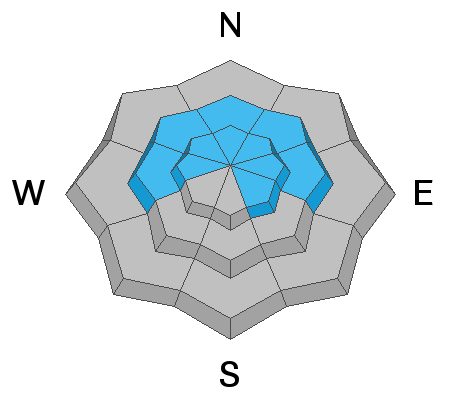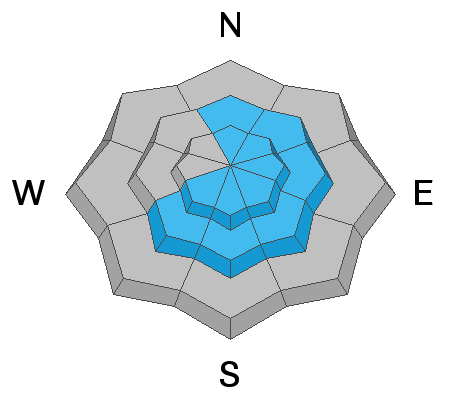Forecast for the Provo Area Mountains

Issued by Drew Hardesty on
Wednesday morning, January 13, 2021
Wednesday morning, January 13, 2021
We'll see a rising avalanche danger today. By the afternoon, I anticipate the avalanche danger to be CONSIDERABLE on many aspects at the mid and upper elevations. Human triggered avalanches in the newly wind blown snow will become increasingly likely...and there is some potential of new wind drift avalanches stepping down into older weaker layers in the snowpack.

Low
Moderate
Considerable
High
Extreme
Learn how to read the forecast here








